Orcas in Peril, Part I: An Ocean Empty of Food
Southern Resident killer whales of the Salish Sea face many challenges, but the threat of death from starvation is especially dire. But there is a solution—and we need to help make it happen.
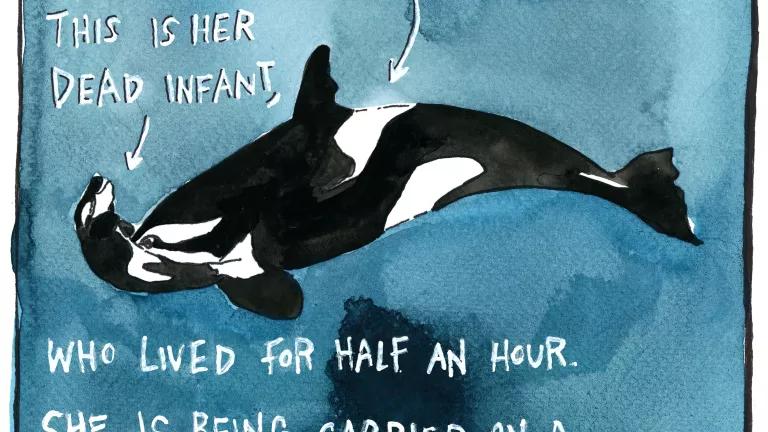
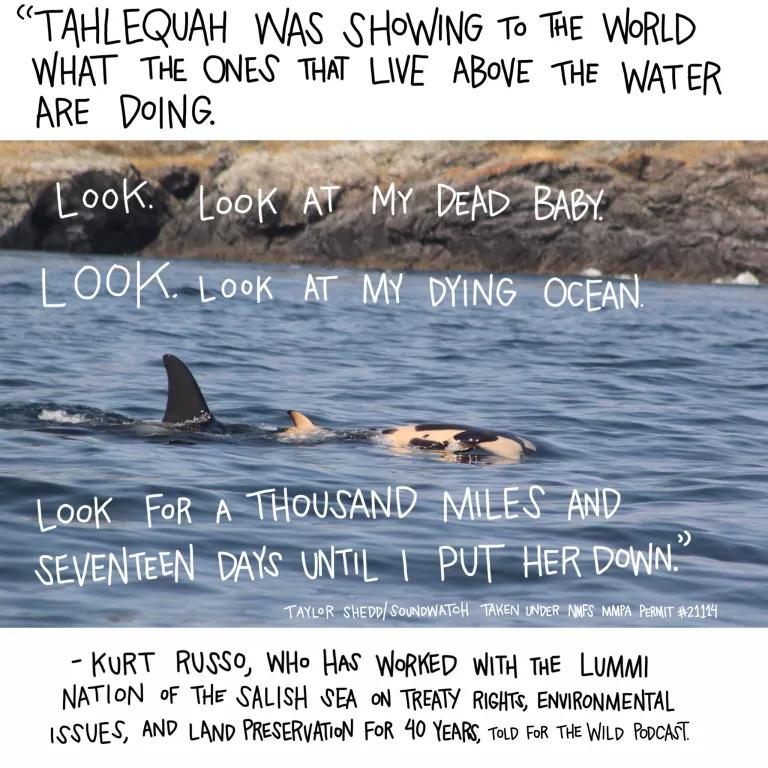
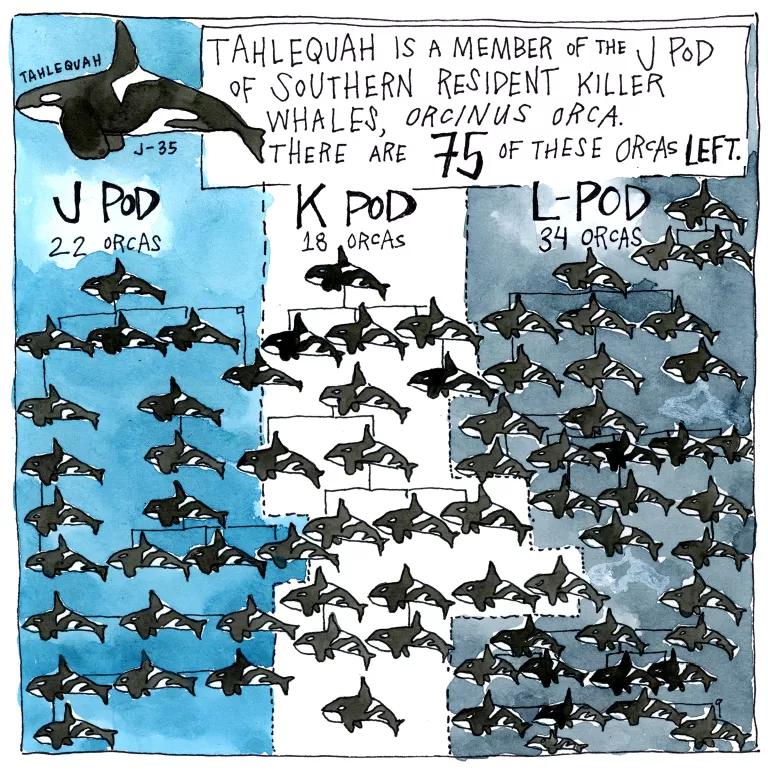
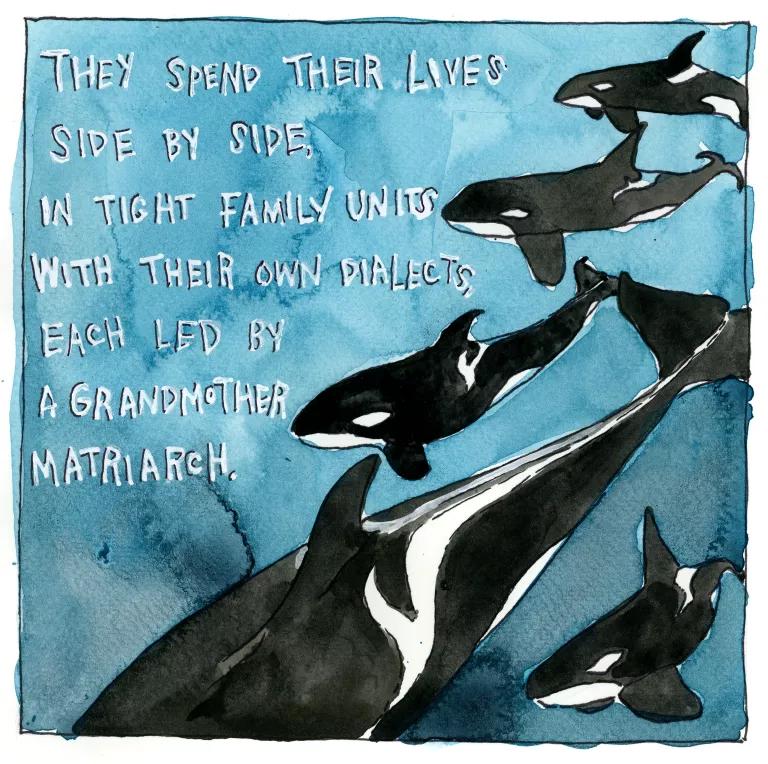
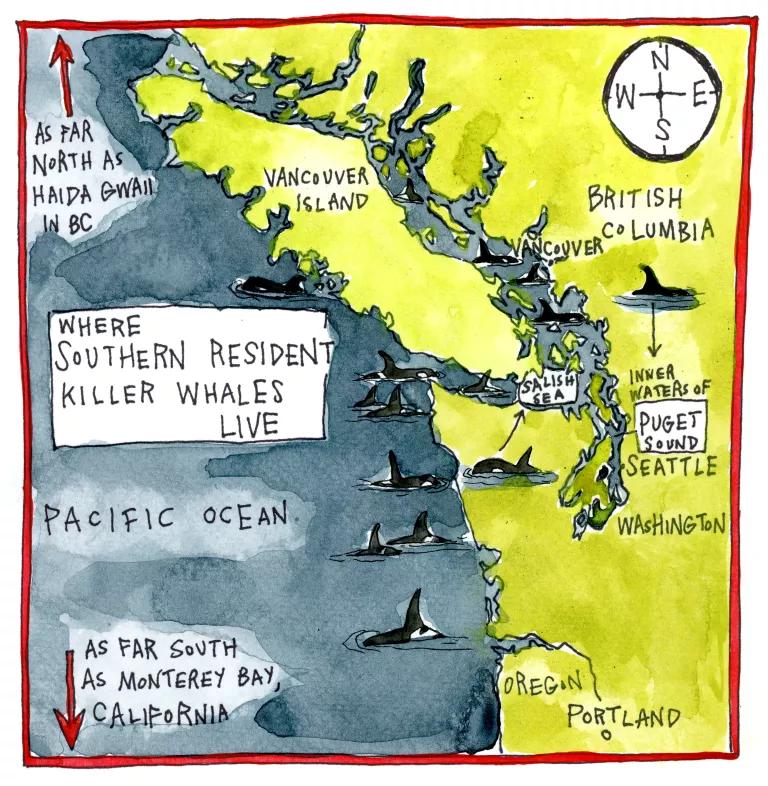
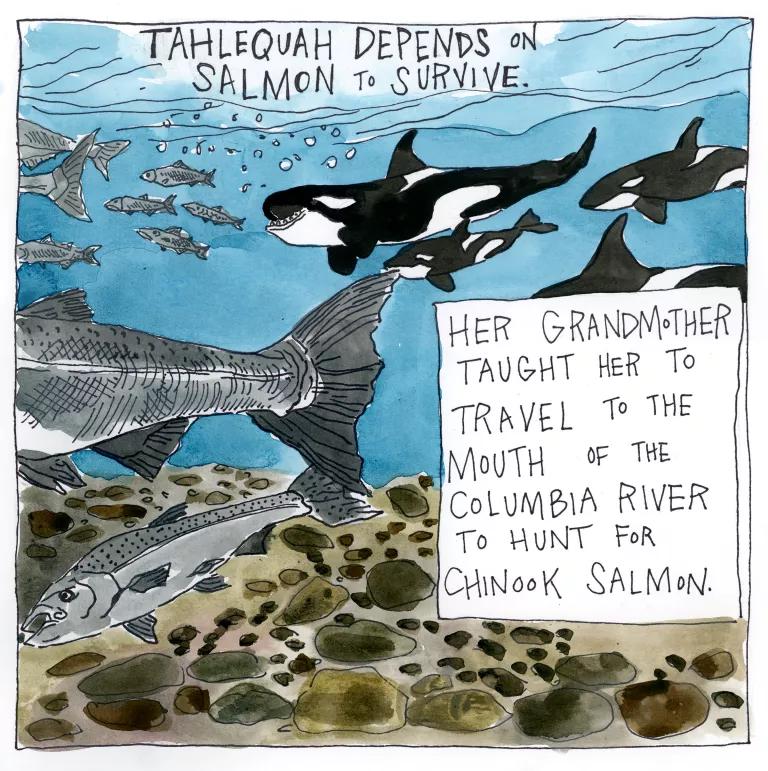
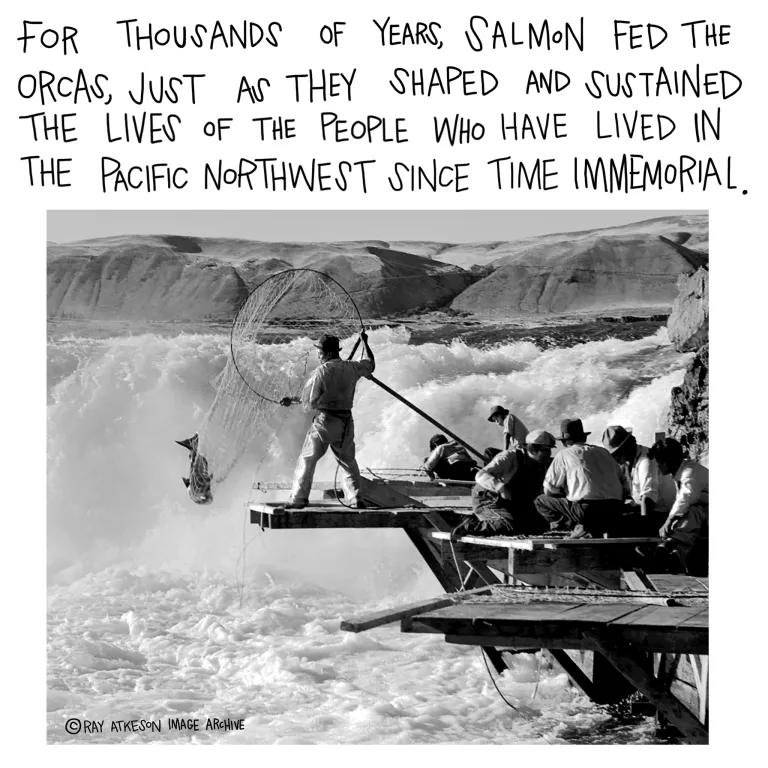
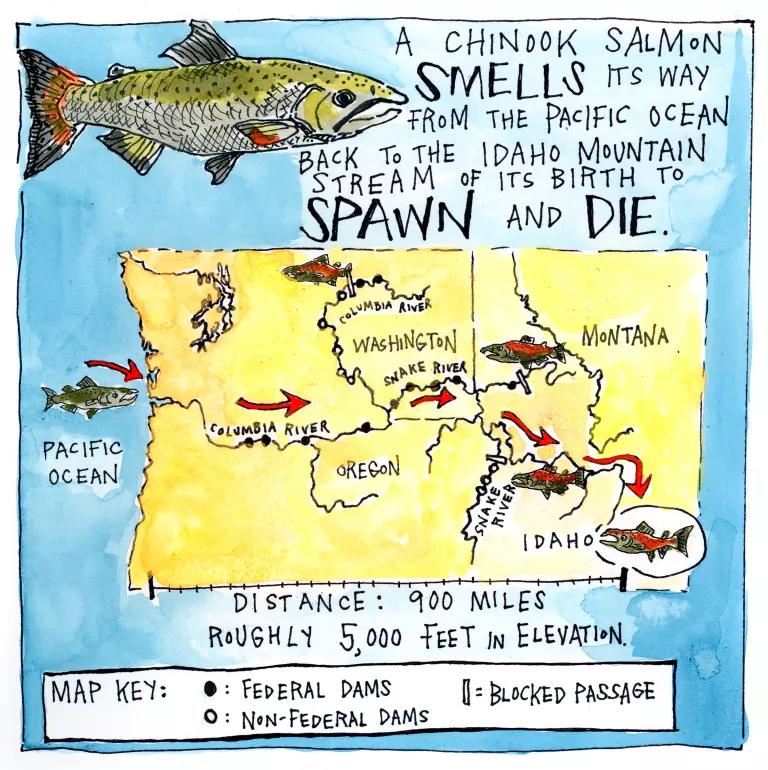
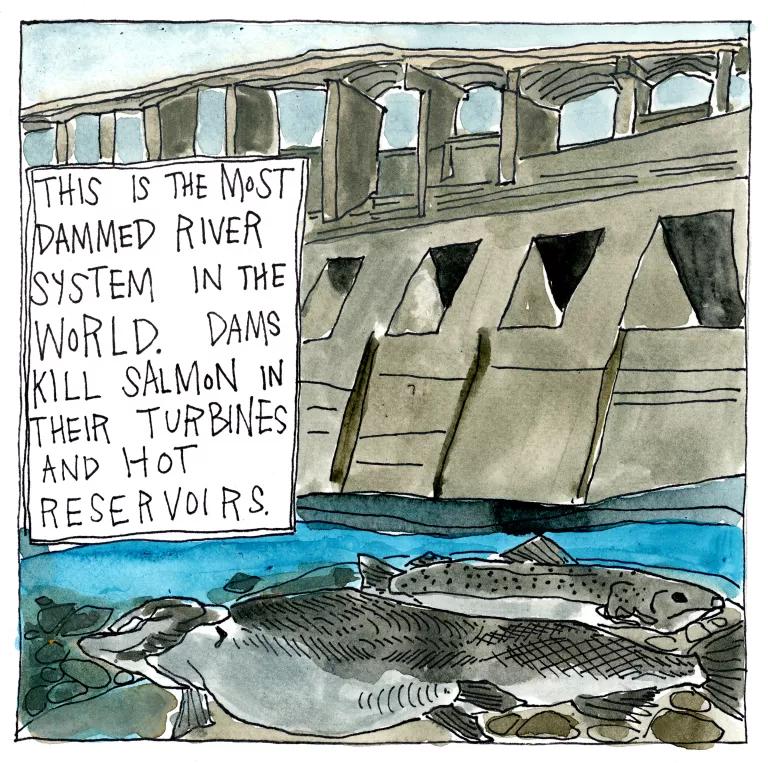
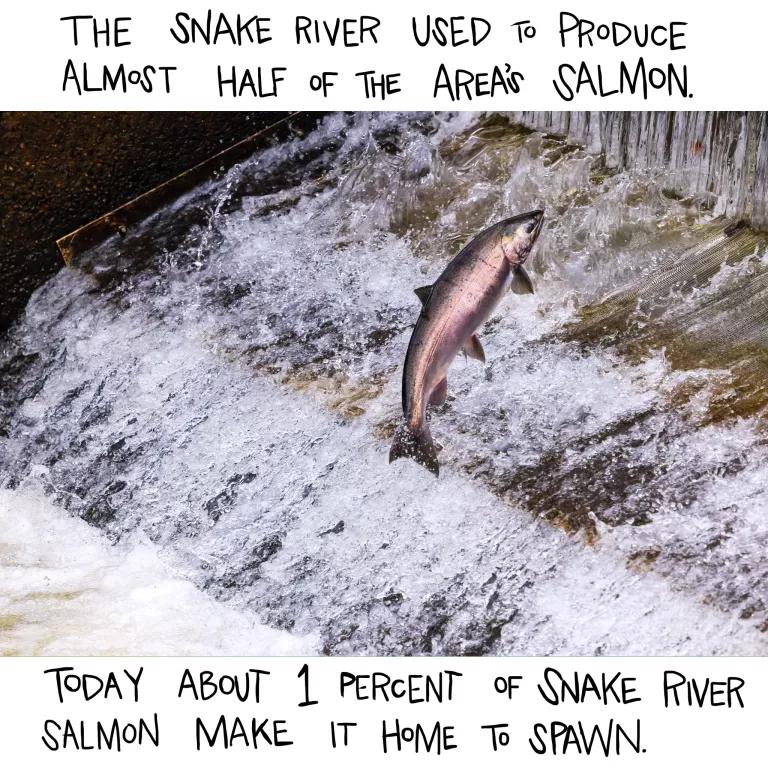
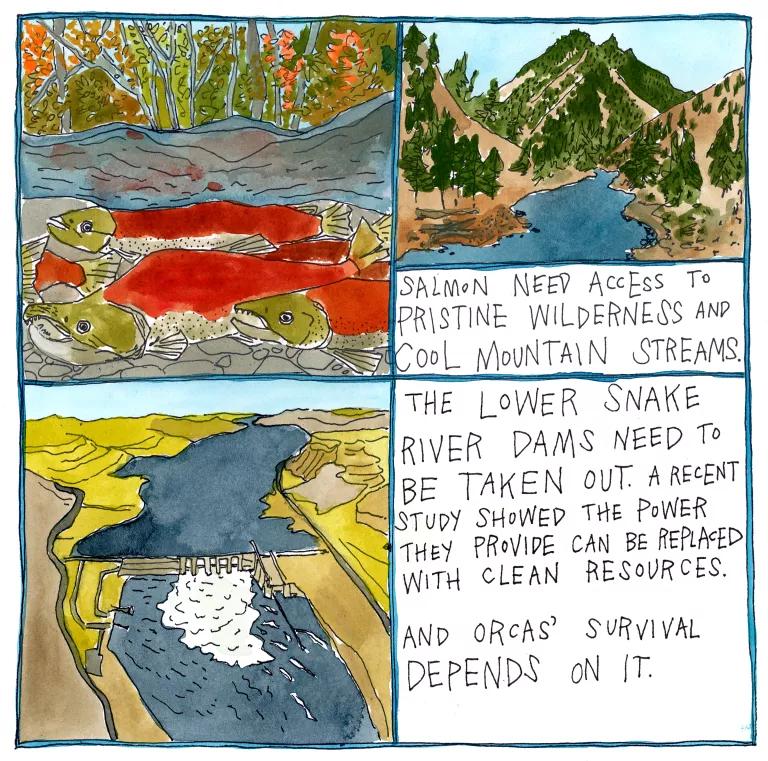
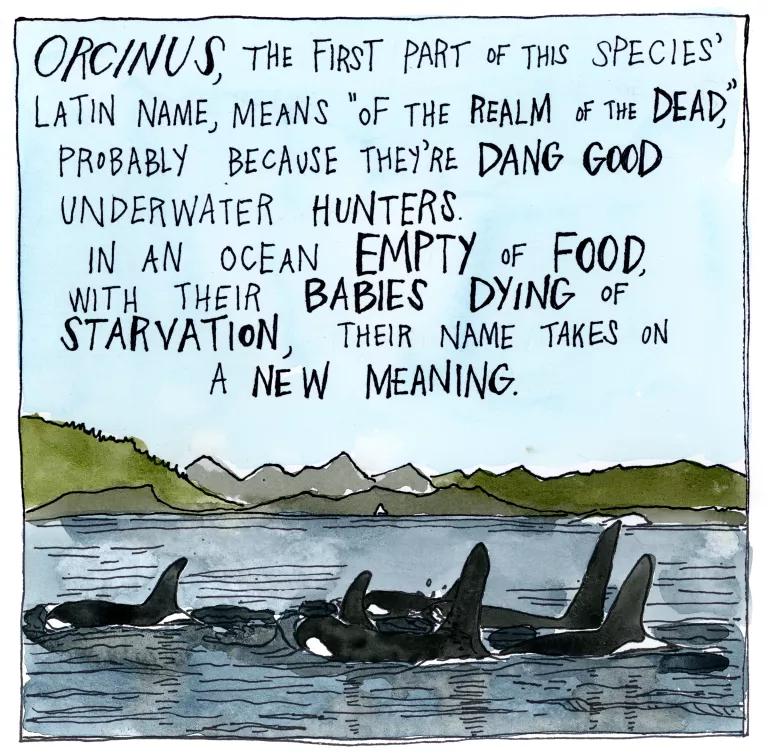
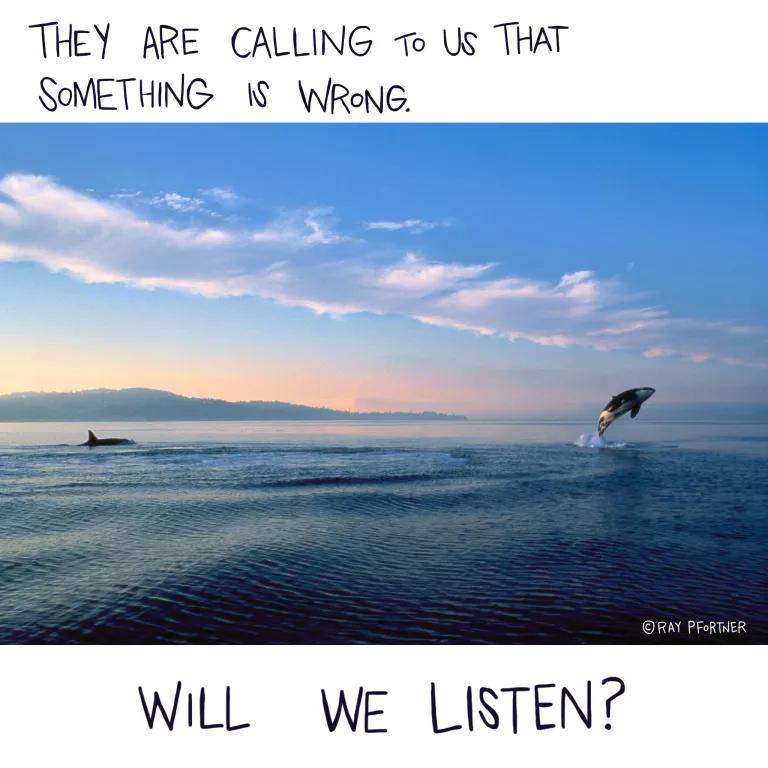
This is the first of a series that explains the challenges that Southern Resident killer whales face, including PCBs and shipping noise.
This NRDC.org story is available for online republication by news media outlets or nonprofits under these conditions: The writer(s) must be credited with a byline; you must note prominently that the story was originally published by NRDC.org and link to the original; the story cannot be edited (beyond simple things such as grammar); you can’t resell the story in any form or grant republishing rights to other outlets; you can’t republish our material wholesale or automatically—you need to select stories individually; you can’t republish the photos or graphics on our site without specific permission; you should drop us a note to let us know when you’ve used one of our stories.

The Smart Seafood and Sustainable Fish Buying Guide
Water Pollution: Everything You Need to Know
Ocean Acidification: What You Need to Know